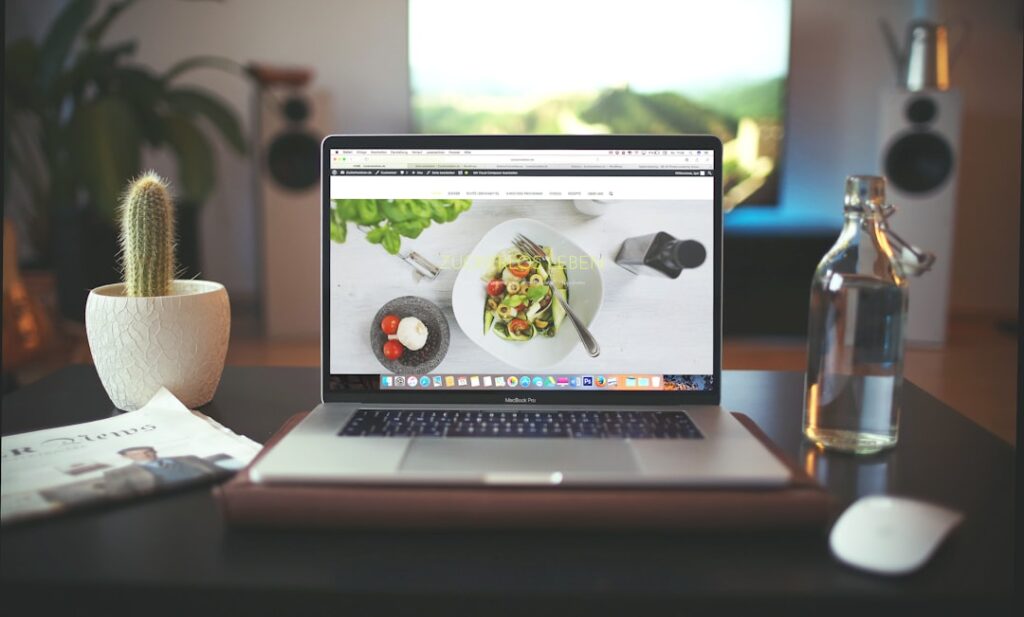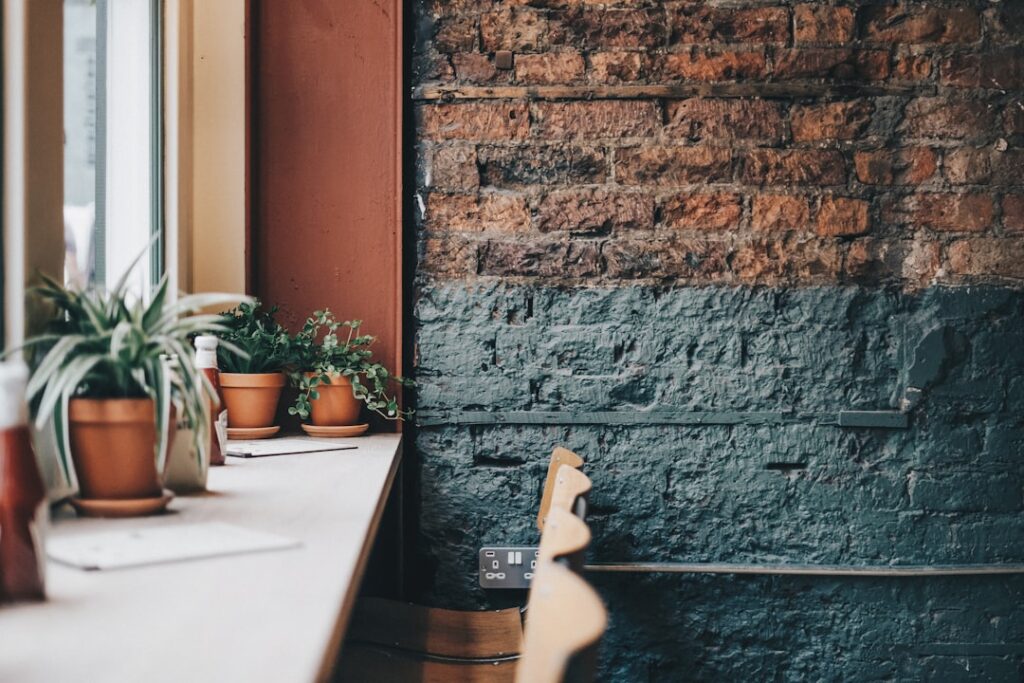Understanding your company’s culture is the cornerstone of creating an effective and engaging workplace environment. Company culture encompasses the values, beliefs, and behaviors that shape how employees interact with one another and approach their work. It is essential to recognize that culture is not merely a set of policies or guidelines; it is the living, breathing essence of the organization.
To truly grasp your company’s culture, one must engage in active observation and dialogue with employees at all levels. This involves listening to their experiences, understanding their motivations, and recognizing the unwritten rules that govern daily interactions. By doing so, leaders can identify the core elements that define their culture, whether it be a focus on innovation, collaboration, or customer service.
Once a clear understanding of the company’s culture is established, it becomes possible to align workplace design with these cultural values. For instance, if a company prides itself on creativity and innovation, the workspace should reflect this ethos through open layouts that encourage brainstorming and collaboration. Conversely, if the culture emphasizes professionalism and structure, more traditional office designs may be appropriate.
The goal is to create an environment that not only supports but also enhances the existing culture, fostering a sense of belonging and engagement among employees. By embedding cultural values into the physical workspace, organizations can cultivate a more cohesive and motivated workforce.
Key Takeaways
- Understanding your company’s culture is essential for creating a workspace that reflects and enhances it.
- Incorporating brand identity into design helps to create a cohesive and consistent visual representation of the company.
- Utilizing natural light and greenery can improve the overall well-being and productivity of employees.
- Flexible and collaborative workspaces encourage teamwork and creativity among employees.
- Choosing the right color palette can impact the mood and atmosphere of the workspace.
Incorporating Brand Identity into Design
Visual Elements of Brand Identity
Brand identity encompasses the visual elements that represent a company, such as logos, color schemes, and typography, as well as the intangible aspects like tone and messaging. When these elements are thoughtfully integrated into the office design, they serve as constant reminders of the company’s purpose and vision.
Expressing Brand Identity through Design
For example, a tech startup might choose sleek, modern furniture and vibrant colors to reflect its innovative spirit, while a financial institution may opt for more subdued tones and classic furnishings to convey stability and trustworthiness. Moreover, brand identity can be expressed through various design elements such as wall art, signage, and even the layout of workspaces. Custom murals that depict the company’s history or mission can inspire employees and create a sense of pride in their workplace.
Creating an Immersive Experience
Additionally, incorporating brand colors into furniture or decor can create a visually cohesive environment that resonates with both employees and clients. By ensuring that every aspect of the office reflects the brand’s identity, companies can create an immersive experience that strengthens employee loyalty and enhances client perceptions.
Utilizing Natural Light and Greenery

The importance of natural light and greenery in workplace design cannot be overstated. Research has consistently shown that exposure to natural light significantly boosts employee well-being, productivity, and overall job satisfaction. Natural light helps regulate circadian rhythms, which can lead to improved mood and energy levels throughout the day.
To maximize natural light in an office space, designers should consider open floor plans with large windows or glass partitions that allow light to flow freely throughout the space. Additionally, strategically placing workstations near windows can ensure that employees benefit from this vital resource. Incorporating greenery into the workplace further enhances the benefits of natural light.
Plants not only improve air quality but also contribute to a calming atmosphere that can reduce stress levels among employees. Biophilic design principles advocate for integrating nature into built environments, which can be achieved through indoor plants, living walls, or even outdoor workspaces. By creating a harmonious balance between natural light and greenery, companies can foster an environment that promotes health, creativity, and collaboration among employees.
Flexible and Collaborative Workspaces
The modern workplace is evolving rapidly, with flexibility and collaboration becoming essential components of effective office design. Traditional cubicles are giving way to open spaces that encourage teamwork and communication among employees. Flexible workspaces allow for various configurations that can adapt to different tasks or team sizes, promoting a culture of collaboration.
For instance, movable furniture can be rearranged to accommodate brainstorming sessions or group projects, while designated quiet areas provide employees with spaces for focused work when needed. Moreover, incorporating collaborative technologies into these flexible spaces enhances communication and productivity. Tools such as interactive whiteboards, video conferencing systems, and shared digital platforms enable teams to work together seamlessly, regardless of their physical location.
By designing workspaces that prioritize flexibility and collaboration, organizations can create an environment where creativity flourishes and employees feel empowered to contribute their ideas.
Choosing the Right Color Palette
The color palette of an office space plays a crucial role in shaping the overall atmosphere and influencing employee behavior. Colors evoke emotions and can significantly impact mood, productivity, and creativity. For instance, warm colors like red and orange can stimulate energy and enthusiasm but may also lead to feelings of agitation if overused.
In contrast, cooler colors like blue and green promote calmness and focus but may lack the vibrancy needed for creative brainstorming sessions. Therefore, it is essential to strike a balance when selecting colors for different areas within the workplace. When choosing a color palette for an office space, it is beneficial to consider both the company’s brand identity and the specific functions of each area.
For example, collaborative spaces may benefit from bright colors that inspire creativity and interaction, while quiet zones should feature softer hues that promote concentration and relaxation. Additionally, incorporating accent colors through artwork or furniture can add visual interest without overwhelming the overall design. By thoughtfully selecting a color palette that aligns with both brand identity and employee needs, organizations can create an environment that enhances productivity and fosters a positive workplace culture.
Incorporating Technology and Innovation

Embracing Technology in the Modern Workplace
In today’s fast-paced business landscape, incorporating technology into workplace design is essential for fostering innovation and efficiency. The integration of advanced technologies not only streamlines operations but also enhances employee experiences by providing them with tools that facilitate collaboration and communication.
Breaking Down Barriers with Advanced Audiovisual Systems
For instance, equipping meeting rooms with state-of-the-art audiovisual systems allows teams to connect seamlessly with remote colleagues or clients, breaking down geographical barriers and promoting inclusivity. This technology enables teams to collaborate more effectively, regardless of their physical location.
Smart Office Solutions for a Dynamic Work Environment
Moreover, smart office solutions are becoming increasingly popular as organizations seek to optimize their work environments. These technologies can include automated lighting systems that adjust based on occupancy or time of day, temperature controls for individual workstations, or even apps that help employees find available meeting rooms or collaborate on projects in real-time.
Creating a Culture of Innovation
By embracing technology in office design, companies can create dynamic environments that adapt to the needs of their workforce while fostering a culture of innovation. This approach enables businesses to stay ahead of the curve, drive growth, and attract top talent in a competitive job market.
Personalizing Workstations and Common Areas
Personalization in the workplace is vital for enhancing employee satisfaction and fostering a sense of ownership over one’s workspace. Allowing employees to customize their workstations with personal items such as photos, plants, or artwork can create a more inviting atmosphere that reflects their individuality. This sense of personalization not only boosts morale but also encourages employees to take pride in their work environment.
Furthermore, when individuals feel comfortable in their surroundings, they are more likely to be engaged and productive. Common areas also benefit from personalization through thoughtful design elements that reflect the company’s culture and values. For example, creating spaces where employees can showcase their achievements or share their interests fosters community and connection among colleagues.
This could include bulletin boards for sharing personal milestones or collaborative art projects that allow employees to contribute creatively to their environment. By prioritizing personalization in both workstations and common areas, organizations can cultivate a more inclusive atmosphere where employees feel valued and connected.
Creating Comfortable and Functional Breakout Spaces
Breakout spaces are essential components of modern office design as they provide employees with areas to recharge, collaborate informally, or engage in creative thinking away from their desks. These spaces should be designed with comfort in mind while also serving functional purposes that align with the needs of the workforce. Comfortable seating options such as lounge chairs or bean bags can encourage relaxation during breaks or informal meetings while promoting social interaction among colleagues.
In addition to comfort, breakout spaces should be equipped with necessary resources such as whiteboards for brainstorming sessions or charging stations for electronic devices. Incorporating elements like soft lighting or acoustic panels can further enhance these areas by creating a calming atmosphere conducive to creativity and collaboration. By thoughtfully designing breakout spaces that prioritize both comfort and functionality, organizations can foster an environment where employees feel encouraged to take breaks when needed while also facilitating spontaneous collaboration and idea generation among teams.
If you’re interested in exploring the latest trends in office interiors, particularly focusing on modern aesthetics, you might find the article on “Modern Interior Design” quite enlightening. It delves into how contemporary elements can transform a workspace, promoting both functionality and style. For more detailed insights, you can read the full article here. This resource is perfect for anyone looking to update their office environment with a fresh, modern look.
FAQs
What is office interiors design?
Office interiors design is the process of planning and creating the layout, furniture, and decor of an office space to optimize functionality, aesthetics, and productivity.
Why is office interiors design important?
Office interiors design is important because it can significantly impact the well-being and productivity of employees. A well-designed office space can also create a positive impression on clients and visitors.
What are the key elements of office interiors design?
Key elements of office interiors design include space planning, furniture selection, lighting, color scheme, flooring, and decor. These elements are carefully considered to create a cohesive and functional workspace.
What are the benefits of a well-designed office space?
A well-designed office space can improve employee morale, productivity, and collaboration. It can also enhance the company’s brand image and create a positive work environment.
How can office interiors design be customized to fit a company’s brand and culture?
Office interiors design can be customized by incorporating the company’s branding elements, such as logo, colors, and values, into the design. The layout and decor can also reflect the company’s culture and values.
What are some popular trends in office interiors design?
Some popular trends in office interiors design include open floor plans, flexible workspaces, biophilic design (incorporating nature into the workspace), and ergonomic furniture. These trends aim to create a more dynamic and employee-friendly work environment.


